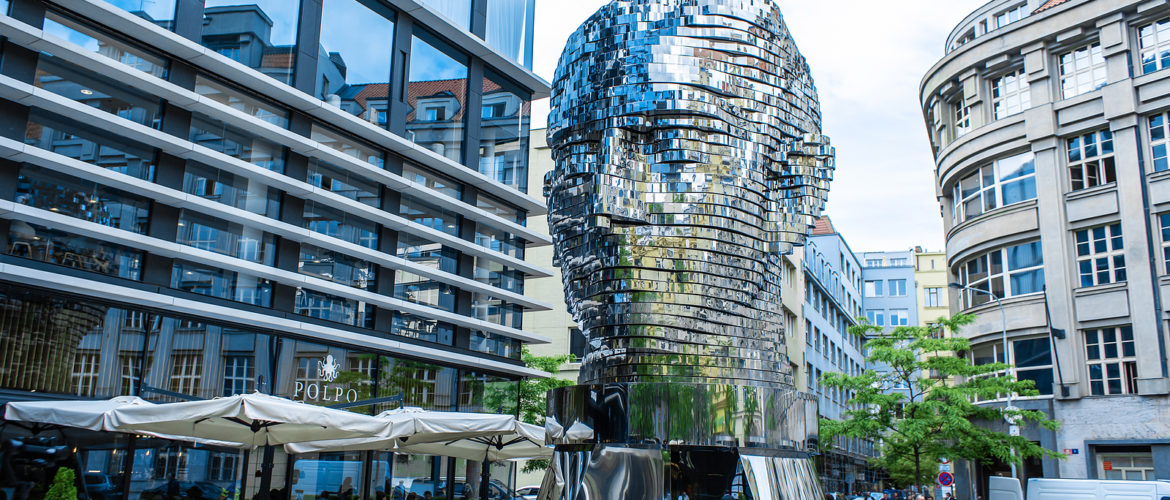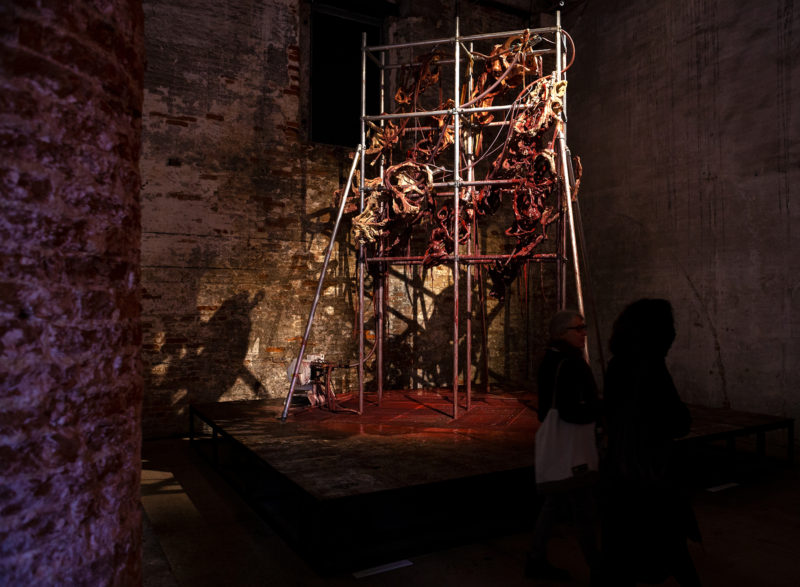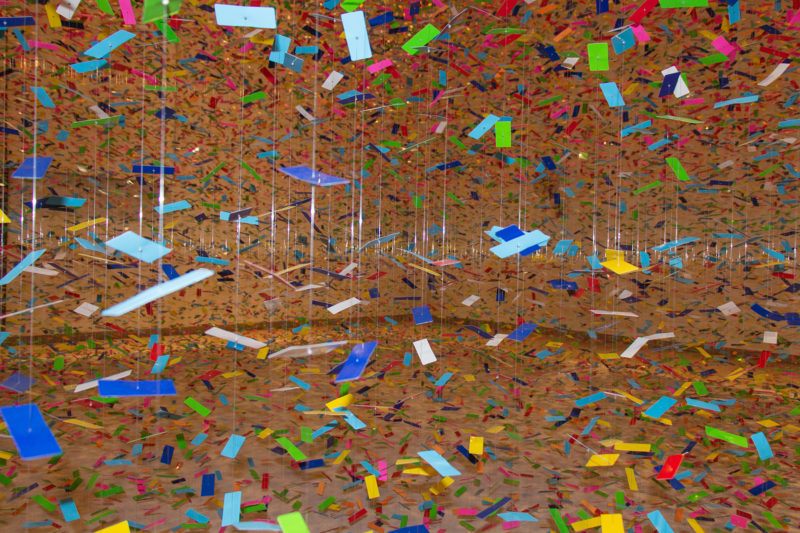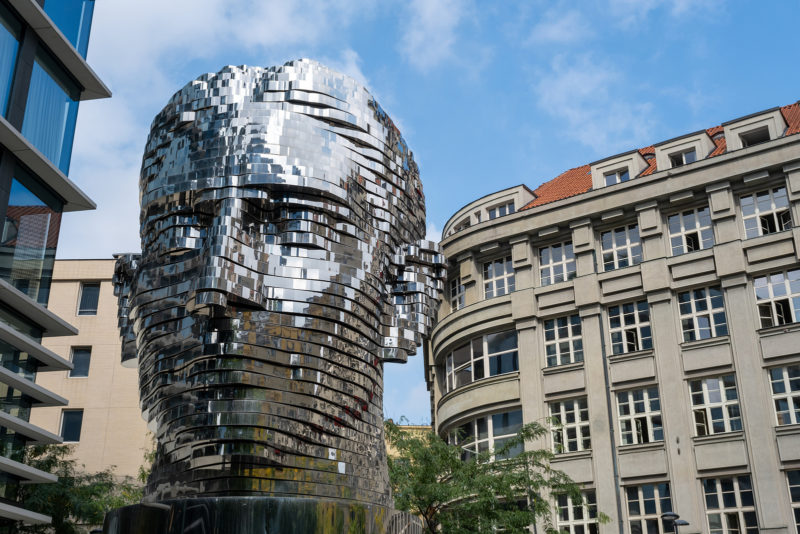Kinetic Art Installations That Will Expand Your View of Art

From the works by Degas and Monet to futuristic installations with automatic moving parts, kinetic art has come a long way since its appearance. The first attempts to give movement to the art pieces go back to the middle of the 19th century. Over the years, this unique form of art has expanded to include a wide variety of different techniques and styles. These days, kinetic art installations can be found in many galleries and museums, as well as outside as part of the city’s architecture. Today, let’s take a look at some of the best kinetic artworks by both well-known and young artists, which inspire people all over the world.
The Fascinating World of Kinetic Art
Endless House: Holes and Drips by Mire Lee (2022)
South Korean artist Mire Lee presented her kinetic art installation at the Venice Biennale 2022. In many ways, Endless House: Holes and Drips is a repulsive picture. On the other hand, it is a fascinating artwork to look at and decipher: while following the entanglement of tubes, steel cords, and silicone, one begins to feel a sense of recognition. Powered by motors, this installation is a representation of a mechanism that is a human body.
Finale: Bouquet by Nike Savvas (2019)
It is said that people who were lucky to see Finale: Bouquet by Nike Savvas were overcome with strong positive emotions. This kinetic art installation is childhood joy in the form of artwork. It consists of thousands of colorful pieces of paper suspended in the air, capturing the moment of being under a confetti shower. It is static and kinetic at the same time. The artist managed to use the space of the gallery hall to his full advantage and create a memorable immersive experience for the audience.
Head of Franz Kafka by David Černý (2014)
This impressive sculpture of the head of the famous writer Franz Kafka is made from stainless steel and stands at a whopping 45 tons right in the middle of a shopping mall in Prague, Czech Republic. The constant hypnotizing movement of the 42 parts the sculpture is composed of is a reference to Kafka’s tortured mind. The Head is also a representation of David Černý’s distinct art style.



